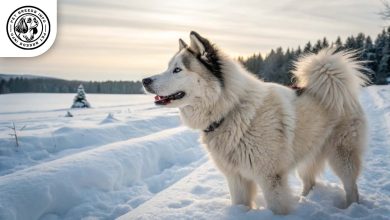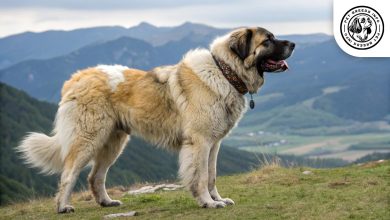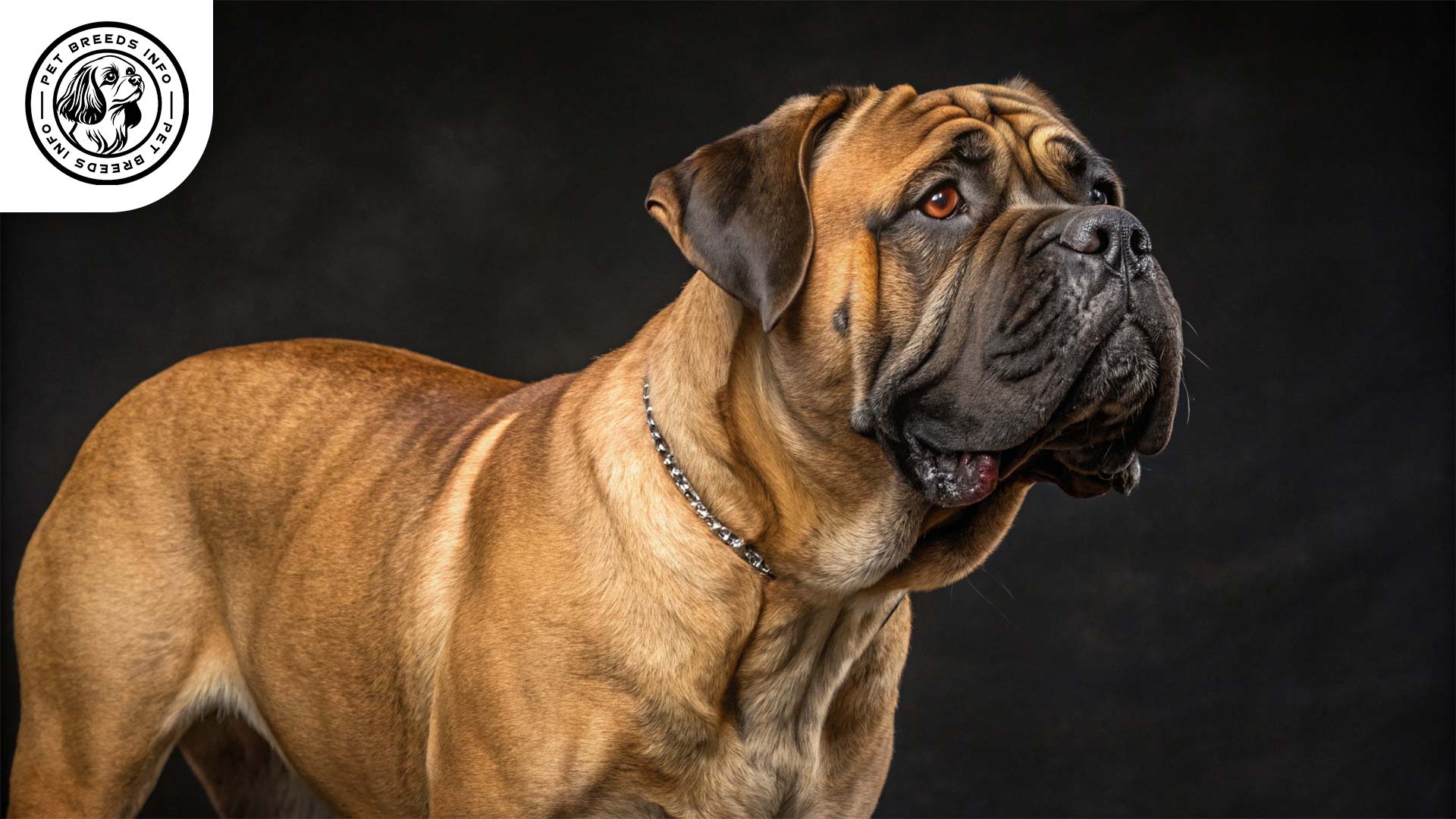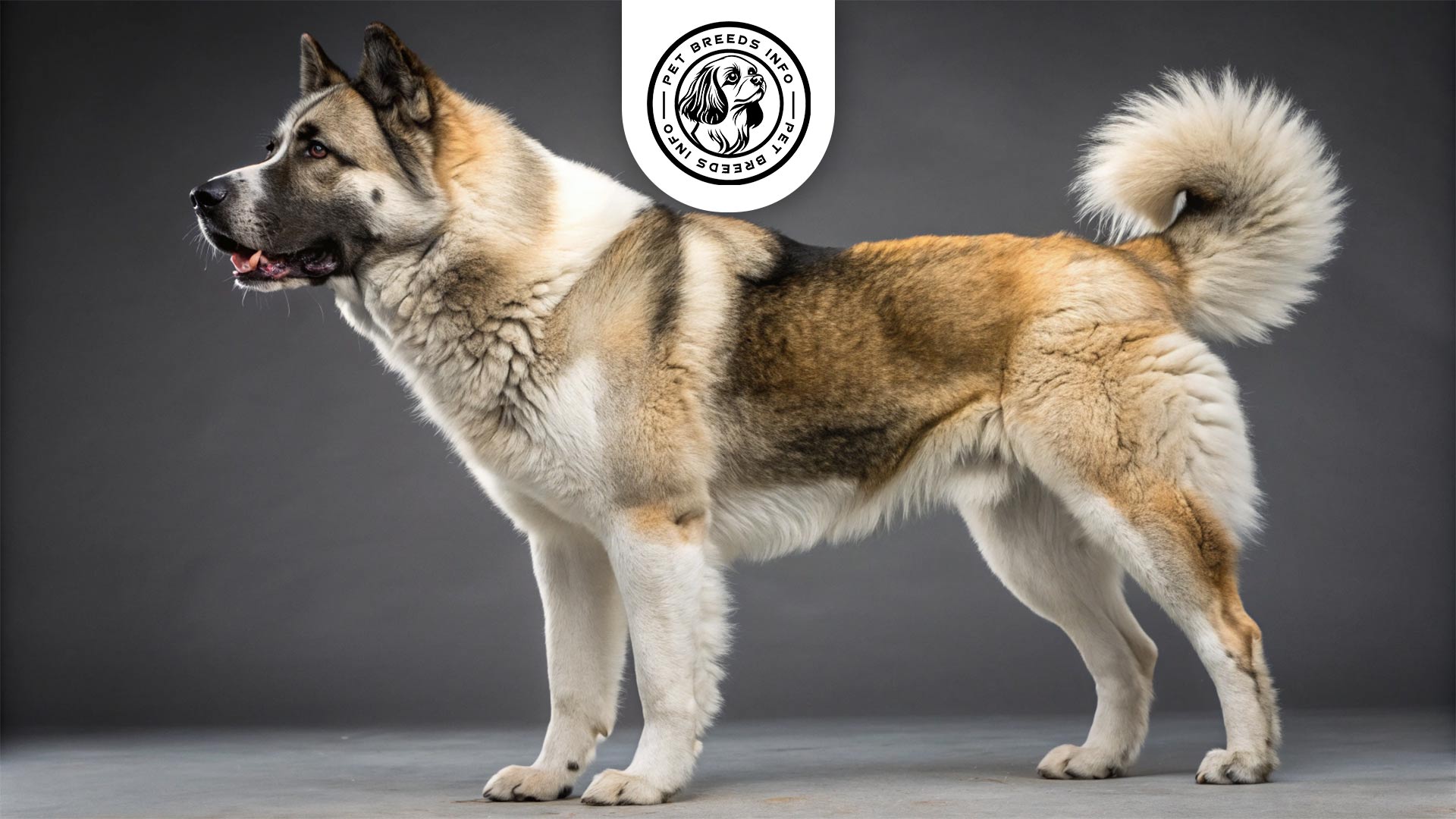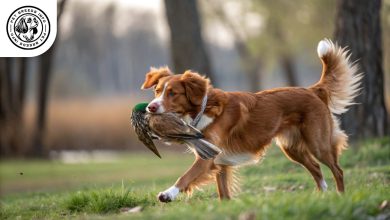Otterhound Dog Breed: Size, Health, Price & Personality
General Introduction of the Breed
The Otterhound is a rare and fascinating dog breed known for its history as an otter-hunting dog. In English, it is called “Otterhound,” and there are no widely recognized alternative names.
This breed originates from England and was developed for hunting otters in rivers and streams. It dates back to the medieval period when otter hunting was a common sport and a means to control the otter population. With the decline of this practice, the breed became less common and is now considered one of the rarest dog breeds.
Table of Contents
| Weight | 80-115 lbs |
| Lifespan | 10-13 years |
| Diet | High-quality kibble, wet, or raw diet |
| Care | Moderate exercise, regular grooming, ear cleaning |
| Health | Prone to hip dysplasia, elbow dysplasia, bloat, ear infections |
| Color | Black, tan, wheaten, grizzle, blue |
| Nature | Playful, independent, friendly |
| Price | $1,500 – $3,000 |
Physical Characteristics
The Otterhound is a large, powerful dog with a sturdy, well-balanced body. Males typically stand between 24 to 27 inches in height and weigh around 95 to 115 pounds, while females are slightly smaller, measuring 23 to 26 inches and weighing between 80 to 100 pounds.
The breed has a rough, dense double coat that provides protection in water. Coat colors vary and may include black, grizzle, tan, wheaten, blue, or combinations of these shades.
The Otterhound has deep-set, expressive eyes that are typically dark brown or hazel. Its ears are long, pendulous, and covered with a slight fringe of hair, giving the breed a distinct appearance.
The tail is long, slightly curved, and carried high when active. Distinctive features include webbed feet for swimming, a large nose with an excellent sense of smell, and a shaggy, waterproof coat.
Personality and Temperament
The Otterhound is an intelligent and independent thinker, which can sometimes make training a challenge. It responds well to patience and positive reinforcement.
This breed has a high energy level and requires regular physical and mental stimulation. Daily exercise is essential to keep an Otterhound happy and well-behaved.
It is affectionate and loyal to its family but not overly clingy. The breed enjoys companionship but can tolerate being alone for reasonable periods.
The Otterhound is friendly and generally gets along well with strangers, children, and other pets. However, due to its strong hunting instincts, supervision around small animals is recommended.
This breed is playful, fun-loving, and enjoys outdoor adventures. It can be sensitive to loud noises and significant environmental changes but is generally adaptable.
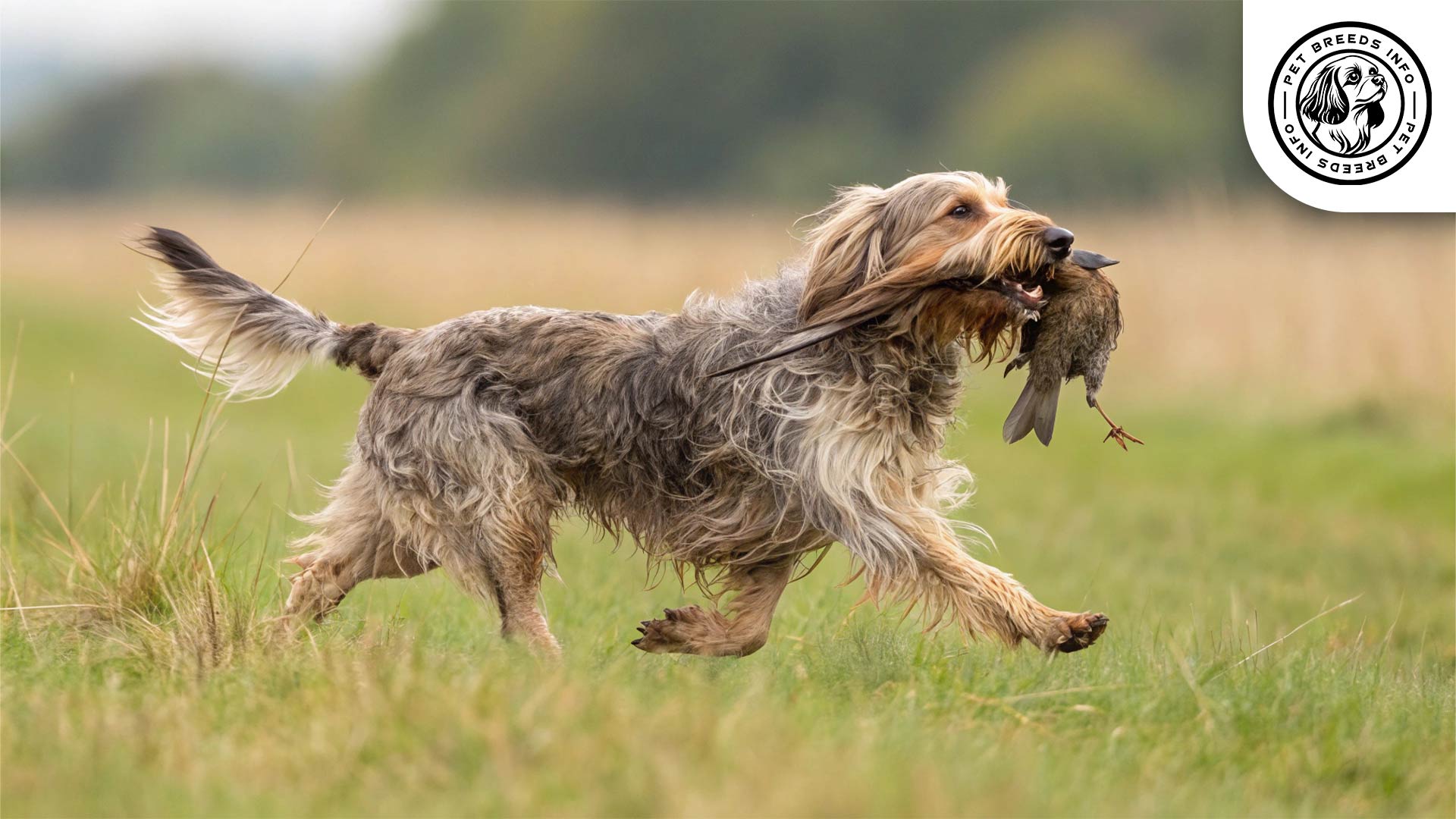
Care and Maintenance Requirements
The Otterhound requires moderate to high exercise levels. Long walks, playtime, and swimming sessions are highly beneficial.
Due to its size and energy, this breed is not ideal for small apartments. A home with a yard where it can roam and explore is preferable.
The breed’s coarse coat requires regular brushing (at least two to three times a week) to prevent matting. Bathing should be occasional, only when necessary.
The Otterhound is relatively resistant to cold due to its thick coat but may struggle in hot climates. Providing shade and water during summer is essential.
Routine hygiene includes nail trimming, ear cleaning to prevent infections, and dental care to maintain oral health.
Diet and Nutrition
The Otterhound thrives on a high-quality diet, whether dry kibble, wet food, or a raw/natural diet. A protein-rich diet supports its energy levels.
Portion sizes should be based on age, weight, and activity level. Typically, two meals per day are sufficient.
Read More: Norwegian Lundehund Dog
Certain foods like chocolate, onions, grapes, and excessive fatty foods must be avoided as they can be toxic.
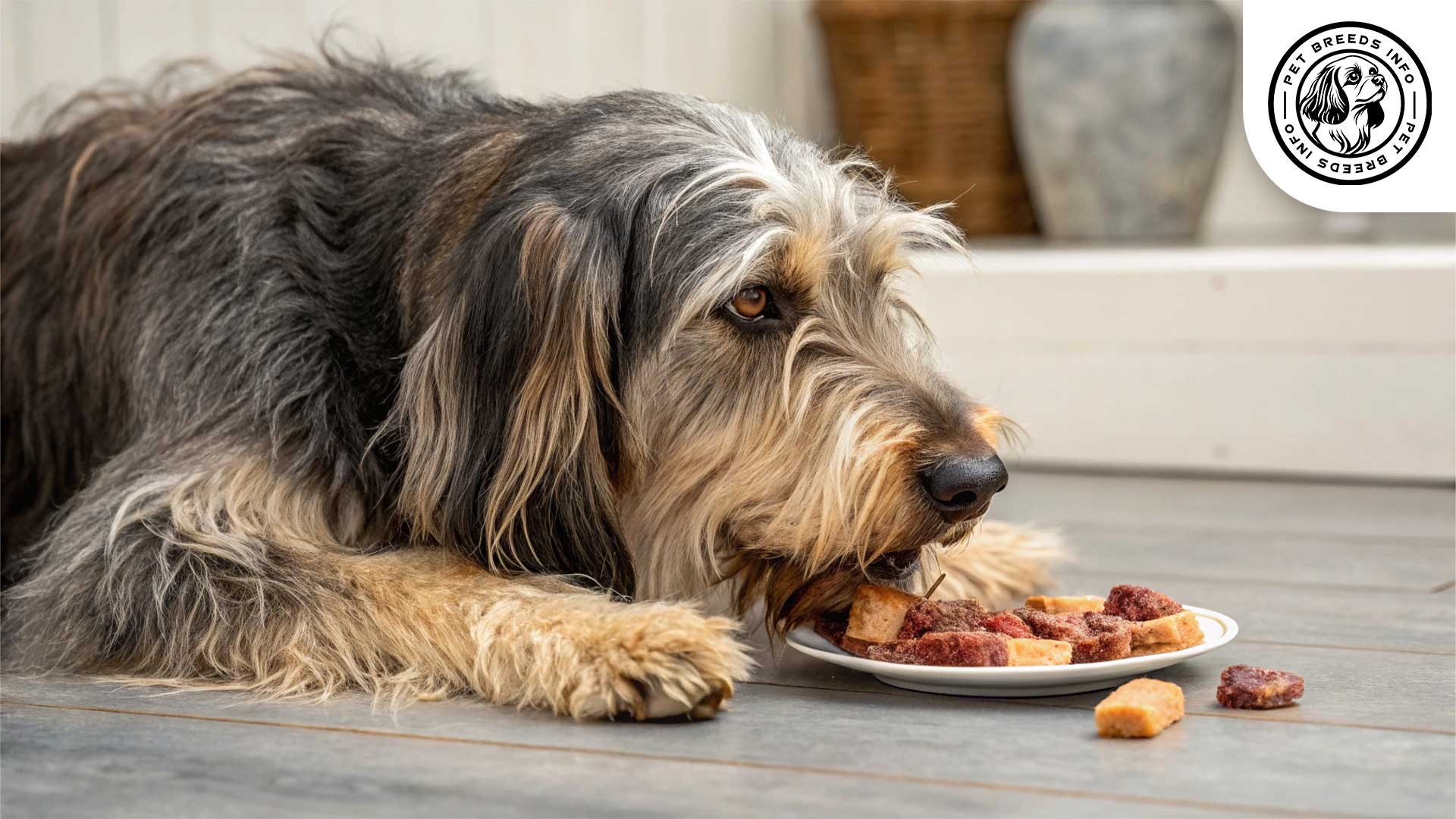
Health and Common Medical Issues
The Otterhound is prone to several genetic health conditions, including hip dysplasia, elbow dysplasia, and gastric torsion (bloat).
Some individuals may develop ear infections due to their long, drooping ears, which can trap moisture.
The breed typically has a lifespan of 10 to 13 years.
Routine vaccinations, deworming, and regular vet check-ups are essential to ensure overall health and well-being.
Training and Behavior Management
Otterhounds are intelligent but can be stubborn, making training moderately challenging. Consistency and positive reinforcement methods, such as rewards and praise, work best.
Early socialization is crucial to ensure the dog is well-behaved and comfortable around strangers, pets, and different environments.
Basic obedience training should start at a young age, with a focus on commands like sit, stay, and recall to control their independent nature.
Interaction with Other Animals and Humans
The Otterhound is good with children, thanks to its playful and gentle nature. Supervision is advised due to its large size.
Read More: Norwich Terrier Dog
It generally gets along well with other dogs, although its hunting instincts may trigger a chase response toward smaller animals.
The breed is suitable for families or active individuals who can provide ample exercise and companionship.
It is independent but still enjoys being part of family activities, striking a balance between affection and self-sufficiency.
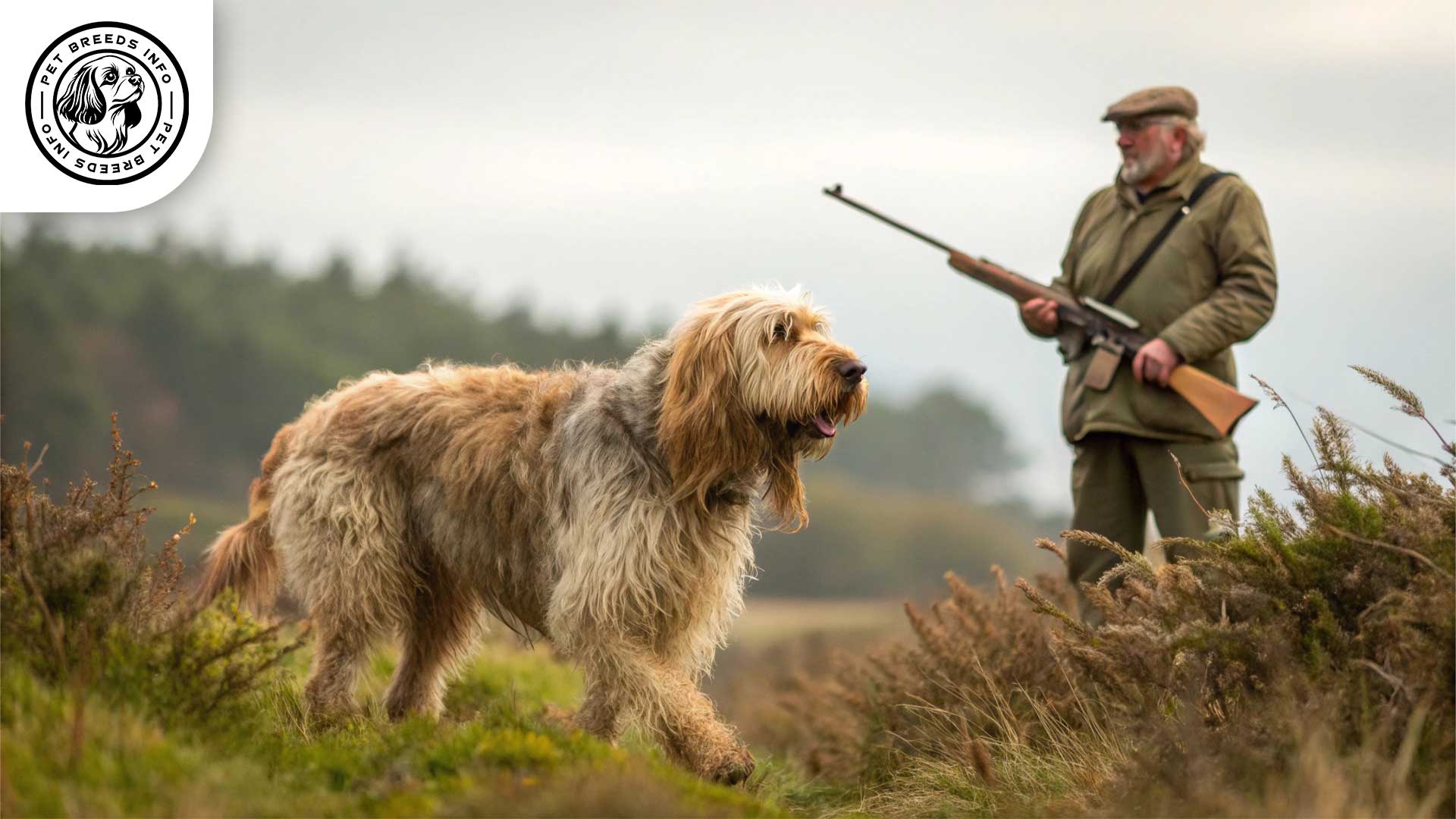
Price and Availability
The Otterhound is a rare breed, making it relatively expensive. The cost of a puppy can range between $1,500 to $3,000, depending on the breeder and pedigree.
Those looking to adopt should check with rescue organizations or breed-specific shelters, as purebred Otterhounds are sometimes available for adoption.
Reputable breeders should be researched thoroughly to ensure they follow ethical breeding practices and provide health certifications for their puppies.
Conclusion and Final Thoughts
The Otterhound is a unique and affectionate breed with playful energy and an independent spirit. It is best suited for families or individuals who enjoy an active lifestyle and can meet its exercise and grooming needs.
Owners should be prepared for regular maintenance requirements, including coat care, ear cleaning, and sufficient training to manage its independent personality.
This breed thrives in spacious environments with access to outdoor space and is a great companion for those who appreciate an adventurous, fun-loving pet.
Potential owners should consider the breed’s exercise needs, training challenges, and health concerns before committing to raising an Otterhound.
Read More: Nova Scotia Duck Tolling Retriever Dog
FAQ
Are Otterhounds good for first-time owners?
They are intelligent but independent and can be stubborn, so they are best suited for experienced dog owners.
Can an Otterhound live in an apartment?
Otterhounds are large and energetic, making them more suited to homes with a yard. They need ample space to roam and play.
How much exercise does an Otterhound need?
They require a high level of physical activity, including long walks, playtime, and swimming.
Is the Otterhound good with children?
Yes, they are friendly and playful with children, but due to their size, supervision is recommended.

